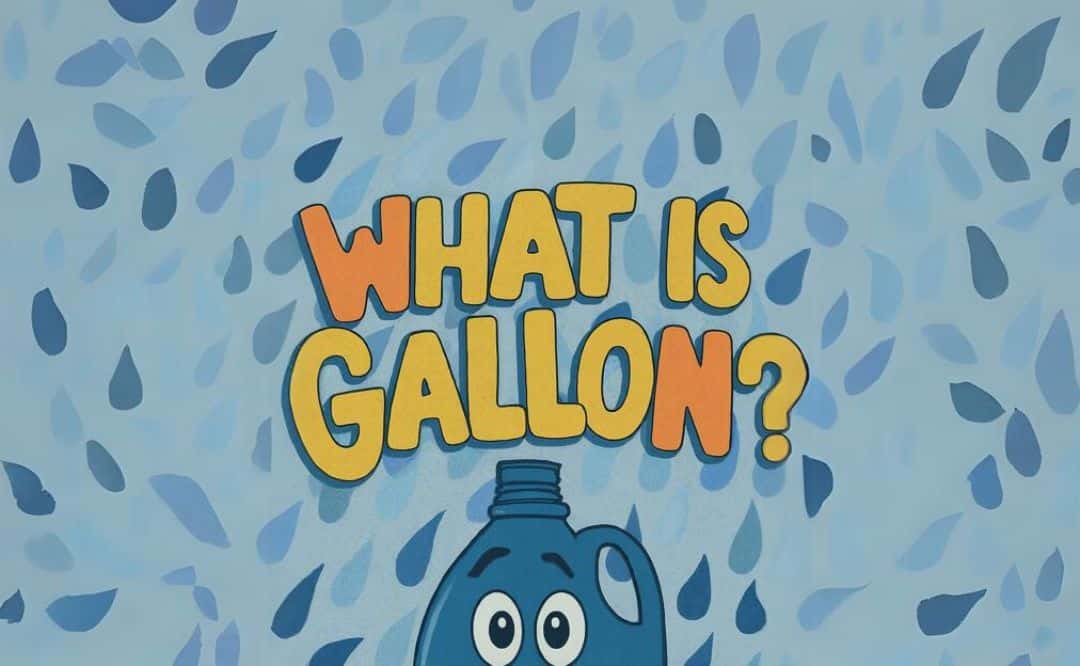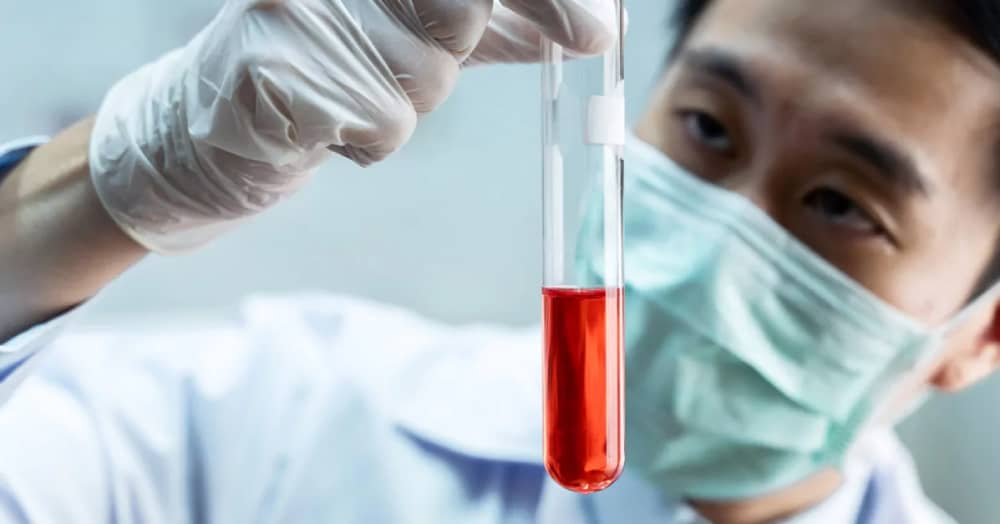The cytosol is a complicated combination of substances dissolved in water. Although water forms the considerable bulk of the cytosol, it mainly functions as a fluid medium for intracellular signalling (signal transduction) within the cell. It plays a role in figuring out cell size and shape.
The concentrations of ions, such as sodium and also potassium, usually are lower in the cytosol compared to the extracellular liquid; these differences in ion levels are necessary for processes such as osmoregulation and also signal transduction. The cytosol also consists of large macromolecules that alter how molecules behave through macromolecular crowding.
Extracellular Fluid
Extracellular liquid (ECF) or extracellular fluid volume (ECFV) denotes all the body liquid beyond the cells. The extracellular liquid can be divided into two significant subcompartments: interstitial fluid and blood plasma.
Likewise, the extracellular fluid includes the transcellular liquid; this comprises only 2.5% of the ECF. The specific glucose focus of extracellular fluid managed by homeostasis is approximately 5 mm in people. The pH of the extracellular liquid is tightly controlled by barriers and maintained at around 7.4.
The volume of ECF is generally 15L (of which 12L is interstitial liquid and 3L is plasma). The ECF includes extracellular matrices (ECMs) that serve as suspension fluids for cells and particles inside the ECF.
Blood Plasma
Blood plasma is the straw-coloured/pale-yellow, liquid component of blood that typically holds the blood cells in whole blood in suspension, making it an ECM for blood cells and a diverse team of particles. It comprises concerning 55% of the complete volume of blood.
It is the intravascular fluid part of the extracellular liquid. It is mainly water (93% by volume) and also contains healthy liquified proteins (the major healthy proteins are fibrinogens, globulins, as well as albumins), sugar, clotting elements, mineral ions, hormones, and CO2 (plasma is the primary medium for excretory product transport). It plays a crucial function in intravascular osmotic results that keep electrolyte degrees well, protect and balance the body from infection and other blood problems.
Interstitial Fluid
Interstitial liquid (or tissue fluid) is an option that showers and surrounds the cells of multicellular pets. The interstitial liquid is discovered in the interstitial areas, likewise called the cell areas.
Generally, an individual has about 11 litres (2.4 royal gallons or 2.9 U.S. gal) of interstitial liquid that give the cells of the body nutrients and a method of waste elimination. The majority of the interstitial area functions as an ECM, a fluid area consists of cell-excreted particles that exist between the basement membrane layers of the interstitial regions. The interstitial ECM has many connective cells and healthy proteins (such as collagen) involved in blood clotting and wound recovery.
Transcellular Fluid
Transcellular fluid is the part of total body water within the epithelial-lined spaces. It is the smallest part of the extracellular liquid, composed of interstitial fluid and plasma. It is frequently not calculated as a portion of the extracellular liquid, but it has to do with 2.5% of the overall body water.
Instances of this liquid are cerebrospinal liquid, eye fluid, joint liquid, and the pleural tooth cavity, which contains fluid that is only discovered in their respective epithelium-lined rooms.
The function of the transcellular fluid is mostly lubrication of these cavities, and in some cases, electrolyte transportation.
Body Fluid-Structure
The structure of tissue fluid relies on the exchanges between the cells in the biological tissue and the blood. This suggests that liquid composition varies between body compartments.
Intracellular Liquid Structure
The cytosol or intracellular liquid consists primarily of water, liquified ions, tiny particles, and giant, water-soluble molecules (such as proteins). This blend of small particles is very intricate, as the selection of enzymes associated with mobile metabolism is immense.
Ions: Ions in solution.
These enzymes are associated with the biochemical processes that maintain cells and trigger or shut down toxic substances. A lot of the cytosol is water, which makes up around 70% of the total volume of a typical cell. The pH of the intracellular liquid is 7.4. The cell membrane layer separates cytosol from extracellular fluid yet can travel through the membrane layer using specialized channels and pumps throughout passive and energetic transportation.
The focus of the various other ions in the cytosol or intracellular liquid is pretty different from those in extracellular fluid. The cytosol also consists of much more significant amounts of billed macromolecules, such as proteins and nucleic acids, than beyond the cell.
In contrast to extracellular fluid, cytosol has a high focus on potassium ions and a reduced focus on salt ions. The factor for these particular salt and potassium ion focus are Na+/ K ATPase pumps that assist in the active transportation of these ions. These pumps transport ions versus their concentration slopes to maintain the cytosol liquid composition of the ions.
Extracellular Fluid Composition
The extracellular fluid is generally cations as well as anions. The cations consist of: sodium (Na+ = 136-145 mEq/L), potassium (K+ = 3.5-5.5 mEq/L) and calcium (Ca2+ = 8.4-10.5 mEq/L). Anions consist of: chloride (mEq/L) as well as hydrogen carbonate (HCO3- 22-26 mM). These ions are very important for water transport throughout the body.
Plasma is mostly water (93% by quantity) and has healthy liquified proteins (the significant proteins are fibrinogens, globulins, as well as albumins), sugar, thickening variables, mineral ions (Na+, Ca++, Mg++, HCO3- Cl- and so on), hormonal agents and carbon dioxide (plasma being the primary tool for excretory product transport). These dissolved materials are involved in various physiological procedures, such as gas exchange, body immune system features, and medication circulation throughout the body.
Transcellular Liquid Composition
As a result of the different areas of transcellular fluid, the structure changes significantly. A few of the electrolytes present in the transcellular liquid are salt ions, chloride ions, and bicarbonate ions.
The cerebrospinal liquid is comparable in structure to blood plasma yet lacks most healthy proteins, such as albumins, because they are too large to go through the blood-brain barrier. The ocular liquid in the eyes contrasts with cerebrospinal fluid by containing high concentrations of healthy proteins consisting of antibodies.




